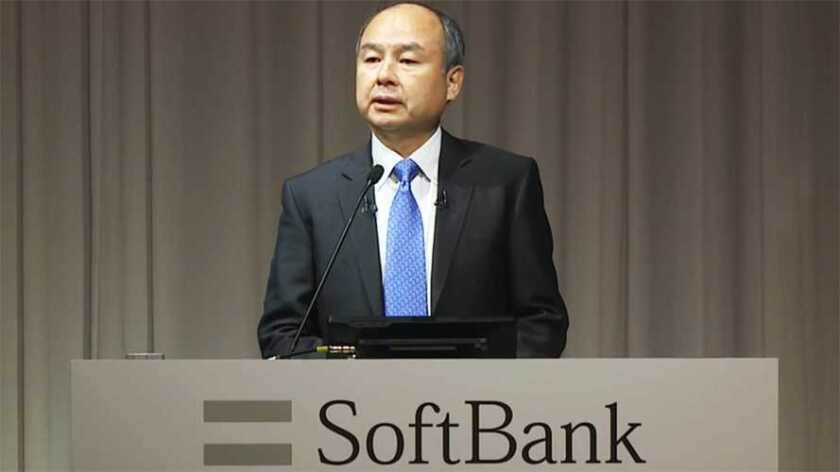At the same time, Simon Segars, the Arm CEO most closely connected with the failed merger, has left the company and will be replaced by Rene Haas.
SoftBank chairman and CEO Masayoshi Son (pictured) said: “Rene is the right leader to accelerate Arm’s growth as the company starts making preparations to re-enter the public markets.”
He added: “I would like to thank Simon for his leadership, contributions and dedication to Arm over the past 30 years.”
The planned US$66 billion merger of Arm with Nvidia collapsed after opposition from regulatory authorities in the EU, the UK and the US.
Arm customers including Qualcomm and Microsoft had also questioned the effect of bringing together the two giants, which would have put a chip designer – Arm – into the hands of Nvidia, which competes with many of its customers.
Licking his wounds, Nvidia CEO Jensen Huang said: “Arm is at the centre of the important dynamics in computing. Though we won’t be one company, we will partner closely with Arm. The significant investments that [Son] has made have positioned Arm to expand the reach of the Arm CPU beyond client computing to supercomputing, cloud, AI and robotics. I expect Arm to be the most important CPU architecture of the next decade.”
SoftBank, which bought Arm for $31 billion in 2016, will be rewarded with its $1.25 billion deposit that Nvidia paid in 2020. This “will be recorded as profit in the fourth quarter”, said SoftBank. “And Nvidia will retain its 20-year Arm licence.”
SoftBank says the initial public offer (IPO) for shares in Arm will take place before the end of March 2023.
Arm, based in the UK in Cambridge, was previously listed in London, and SoftBank managed to buy it because at the time there was no legislation to prevent the sale of strategic companies – indeed, the UK government hailed the sale as a significant investment in the UK.
Haas, the new CEO of Arm, has been with the group since 2013 and has been president of its intellectual property group – the revenue-earning engine of the company – since 2017. Intriguingly, he was a senior Nvidia executive for seven years until he joined Arm.






